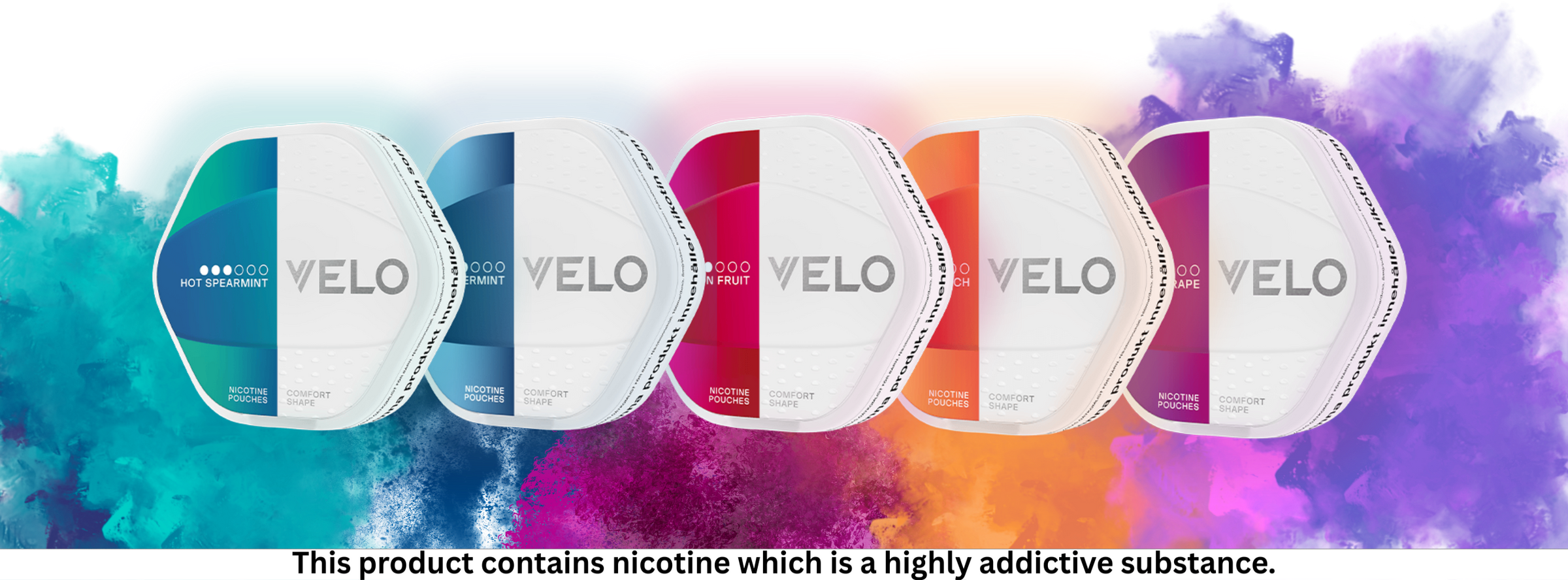Tips For Choosing a New Industrial Mixer
 A variety of powdered ingredients need to be blended together when making products for the chemical, bakery, nutrition and food sector. In most cases, the most important part of the process is the blending that adds value to the product. If you are making products using a wide range of ingredients, some of those ingredients might pose allergy risk. Many businesses install the highest speed packing lines and mixers, such as ATEX explosion proof pumps, but there is no guarantee that such heavy investment will provide a long-term efficient solution or deliver a good return on investment.
A variety of powdered ingredients need to be blended together when making products for the chemical, bakery, nutrition and food sector. In most cases, the most important part of the process is the blending that adds value to the product. If you are making products using a wide range of ingredients, some of those ingredients might pose allergy risk. Many businesses install the highest speed packing lines and mixers, such as ATEX explosion proof pumps, but there is no guarantee that such heavy investment will provide a long-term efficient solution or deliver a good return on investment.
What Type of Products are You Manufacturing?
If you are making only one recipe in huge volumes that does not require any regular changes, you should use a fixed mixer for continuous processing and that mixer can be coupled to the downstream and upstream processes. However, many manufacturers have discovered that their customers want regular changes in recipe and those changes need to be made quickly and efficiently. If that is the case, and you are required to change recipes regularly and use a wide range of ingredients, the best way to manufacturer such products is through batch processing.
Powder Characteristics
One of the things that will affect your choice is the particle size of the powder. In case you are using free-flowing powders that have similarly sized particles and all these ingredients are known to mix easily, you should choose a gentle blending program using either a ribbon blender or a tumble blender.
Batch Size
Large blenders are capable of mixing a huge volume at any time but it also means an increase in the loading and cleaning times. You need to take into account the fact that it will take time to fill the blender by ripping apart a number of sacks and then the mixed product will also need to be discharged to the packing line, and there is also the cleaning. It’s also important to mention here that when the mixture is being cleaned, emptied and loaded, it is not going to be in use which means a huge amount of downtime.
Understanding the Real Mixing Time
Don’t make the mistake of assuming that a four-minute blend time means you’ll be able to use the blender again after a 4 minute interval. You need to take into account the overall processing time including all the stages of blending, filling, packing as well as cleaning. In order to figure out the time taken for getting the mixer operating again and being ready for the next batch, you also need to take into account the time taken for loading as well as packing which might add up to 5 hours to the whole process.
Cross Contamination Risks
The risk of having allergens present in the mix increases with the increase in number of ingredients used in various recipes. Manufacturers find it challenging to change the recipe as they also need to take care of the cleaning. When the in-line conveyor systems and fixed mixers are joined together, it’s going to take a long time to ensure cleaning of all the parts between batches and then, it also needs to be validated that the production line is completely clean and ready for the next batch.
Things to Consider When Blending Powders
Pay attention to the cleaning time. You might be able to save some time there. Take a close look at the blending process and if it could be made more efficient, it could increase the output leading to production of more batches in a single shift.
Take a look at tumble blender as it has the potential to save on labour costs by reducing the number of operators needed for cleaning. When you use Matcon IBCs that have integral cone valve technology, it will save you time as no product will remain in the container. It’s possible to efficiently manufacture a variety of recipes in various batch sizes.








